Around 18,000 troops from 19 mostly NATO countries begin annual U.S.-led military exercises in Poland and the Baltic states on Sunday to boost combat readiness on the alliance’s eastern flank.
The key objective of the eighth Saber Strike, which runs until June 15, is training and exercising NATO’s four enhanced forward presence battle groups in land missions, with the usual U.S. focus on interoperability and joint operational capability.
The U.S. leads the NATO battle group in Poland, while the U.K., Canada and Germany command three others in nearby Baltic states Estonia, Latvia, Lithuania respectively, where Saber Strike maneuvers are planned.
“They [NATO battalions] will be specifically tested during Saber Strike, it demonstrates the alliance commitment to one another,” U.S. Brigadier General Richard Coffman said at the Sunday launch of the exercises in Lithuania’s capital Vilnius.
The exercises demonstrate “the enhanced flexibility of ground and air forces to rapidly respond to a crisis,” he said, adding that “we are fully capable to conduct combined and joined operations.”
The exercises come after it was revealed Poland is considering a proposal for a permanent deployment of U.S. troops to the country. A Polish defence ministry “information document” emerged this week which said that Poland could spend up to $2 billion to help cover the cost of stationing a U.S. tank unit in the country.
The proposal triggered immediate criticism from Russia, with the Kremlin insisting that any such deployment “will not benefit in any way the security and stability on the continent.”
The U.S. has increased its presence on NATO’s eastern flank and notably Poland since Russia’s annexation of Crimea from Ukraine in 2014.
The U.S. Army set up a new European headquarters in Poland in May 2017 to command around 6,000 troops deployed in NATO and Pentagon operations in the region.
The move was one of the largest deployments of U.S. forces in Europe since the Cold War and was meant to reassure NATO’s easternmost allies concerned by Russian military exercises near their borders and its the presence of Russia-backed armed groups in eastern Ukraine.
Speaking in Warsaw on Monday, NATO Secretary General Jens Stoltenberg said he expected leaders at a July NATO summit in Brussels to “make decisions on reinforcement, readiness and military mobility” of forces in Europe, particularly with regard to the four battle groups deployed in 2016.
Further cementing defense ties, Poland signed a $4.75-billion contract in March to purchase a U.S.-made Patriot missile defense system, its largest-ever weapons deal. Romania has also purchased the Patriot system and in October, NATO launched a new multinational force in Romania to counter Russia in southeast Europe and on the Black Sea.
Russia has complained about the prospect of the deployment of Patriot systems in Poland and Romania, which it says violates a 1987 arms treaty and could be tailored to shoot missiles at Russia.
In February, Lithuania accused Russia of permanently deploying nuclear-capable Iskander ballistic missiles to its Kaliningrad exclave.
This year’s Saber Strike exercises will be partly held in the sensitive Suwalki gap, a roughly 100-km (60-mile) stretch of land along the Poland-Lithuania border that runs between Belarus and the Kaliningrad Oblast. Last year’s Saber Strike saw a mock air assault and tactical road march in the Suwalki Gap.
Saber Strike comes just two weeks after Exercise Siil in southern Estonia and northern Latvia. Estonia’s 2nd Infantry brigade teamed up with NATO and partner forces against the 1st Infantry Brigade and NATO battlegroup units for battle training involving more than 15,000 troops.

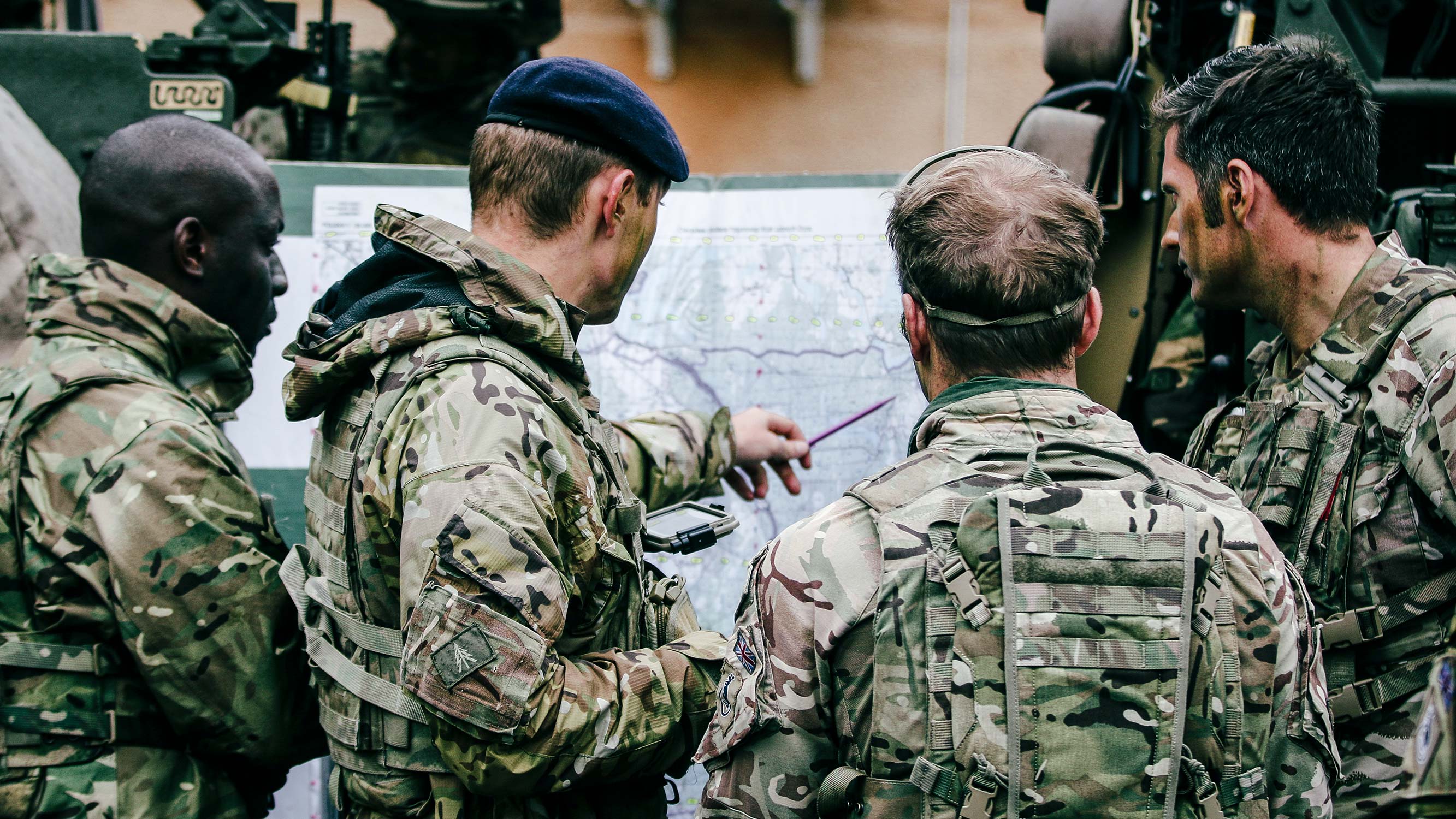


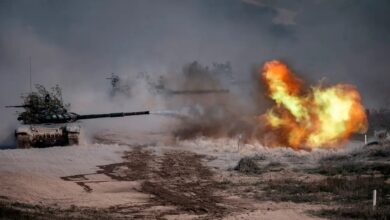
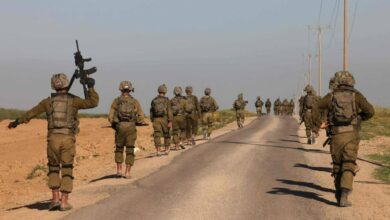
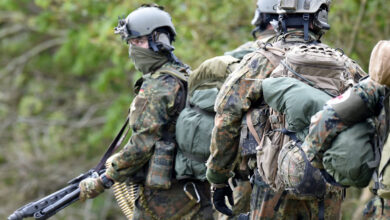
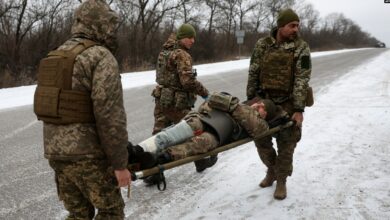

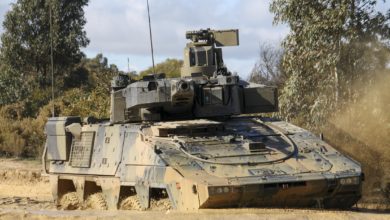


2 Comments